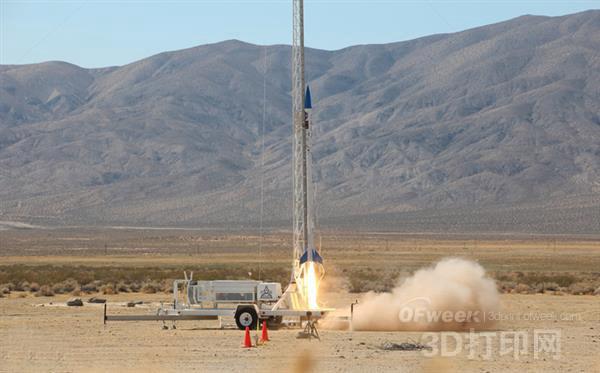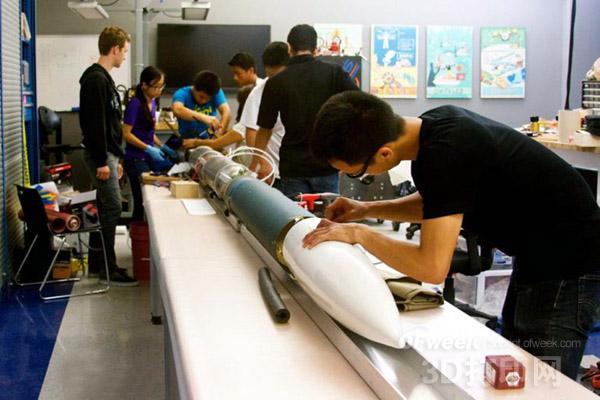On May 21, 2016, a group of students from the University of California, San Diego (UC San Diego) successfully launched a homemade Vulcan-1 at the launch site of a friend of the Amateur Rocket (FAR) in the Mojave Desert, California. rocket. It is understood that this group of students participated in the student's space exploration and development (SEDS UCSD) project. What is particularly striking is that the Vulcan-1 is fully 3D printed . This led Vulcan-1 to establish the world's first rocket with a 3D printed engine designed and successfully launched by a university research team.

In fact, the Vulcan-1 project has been going on for a long time, and it was launched by a small group of students in 2014. As students became more interested in the project, their R&D team quickly gathered more than 60 engineering students who were eager to get their 3D printed rockets to the sky. In addition, they have received support from a number of organizations, such as Open Source Maker Labs, which provides equipment for the project, while space agencies like NASA and XCOR offer students Technical guidance. Last year, students also raised funds on Kickstarter to help build the rocket's arrow. At that time, it successfully raised $21,000, surpassing its $15,000 fundraising goal.
It is understood that this Vulcan-1 rocket is 19 feet long, 8 inches in diameter and can reach 750 pounds. The students designed a dual propellant-based liquid fuel propulsion system for the rocket, which relies primarily on a low temperature mixture of liquid oxygen and refined kerosene. The engine, called Ignus, is fully 3D printed using direct metal laser sintering (DMLS) and Inconel 718 materials. The Ignus 3D printing was sponsored by the GPI Prototype and Manufacturing Services Company from Illinois.

“In the past few years, this technology has really blossomed. If these students at the undergraduate level can reduce the cost of building these engines, then we can really launch rockets and carry loads in a cheaper, more efficient way. "Darren Charrier, the president of the University of California, San Diego, SEDS, said in a press release. "One day, we will see that this technology will be used on larger rockets, which means that we can send satellites to provide Internet access to developing countries, we can mine asteroids, and even include colonizing Mars."
PURE SOFT MAKEUP REMOVER
Key ingredients: laurate, glycerol, octanoic glycerol esters, etc.
Capacity: 100ml
It is suitable for removing the makeup of eyes, face and lips, cleaning and moistening, and replenishing moisture for skin.
-HERBAL EXTRACT-
Makeup Remover,Makeup Remover Water,Good Makeup Remover,Natural Makeup Remover
Shenzhen Sipimo Technology Co., Ltd , https://www.sipimotech.com